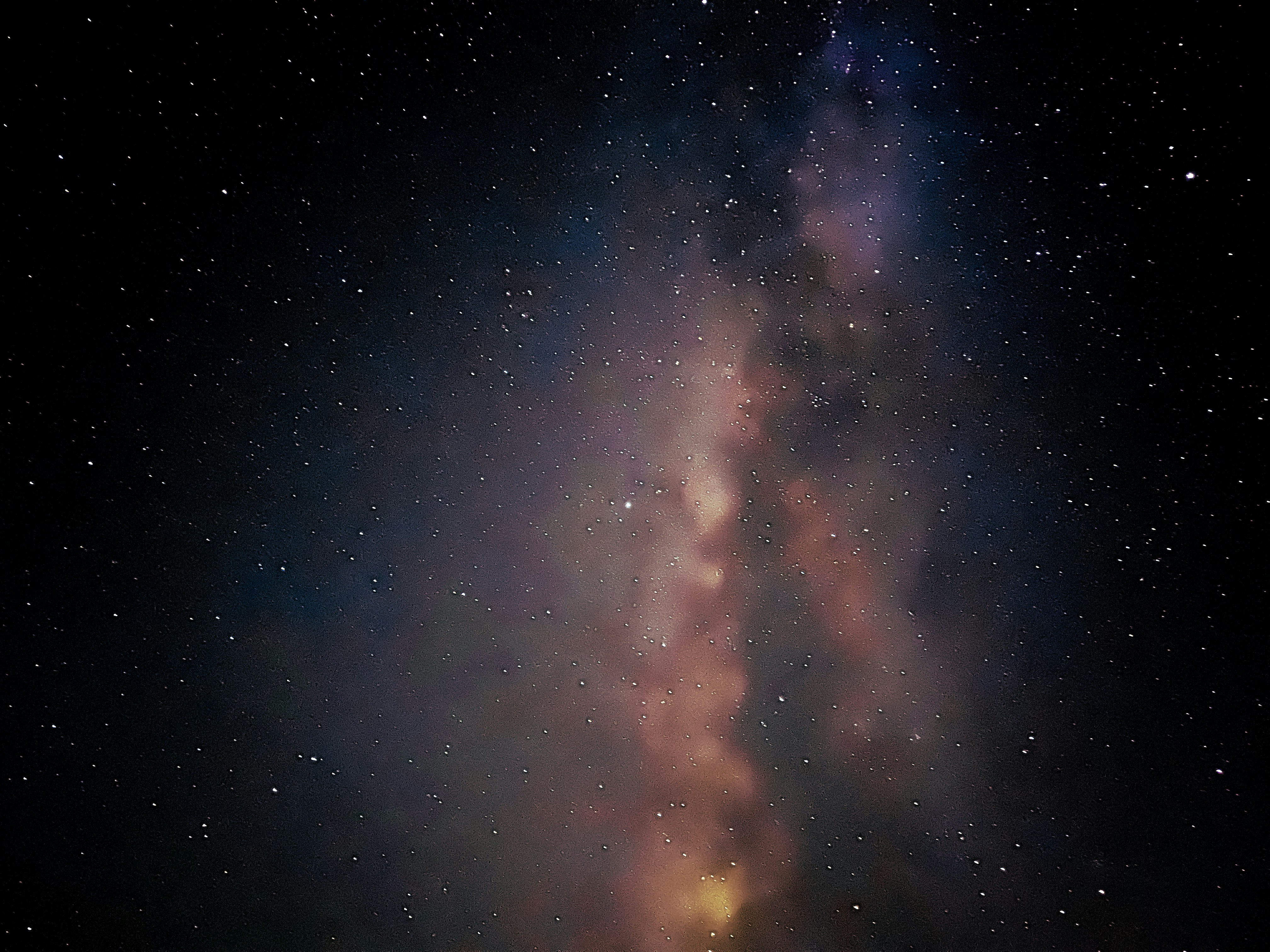
The International Astronomical Union (IAU) — the global naming authority for celestial bodies — has officially approved names for surface features on Donaldjohanson, an asteroid visited by NASA’s Lucy spacecraft on April 20. These newly approved names honor significant paleoanthropological discoveries on Earth that have deepened our understanding of human origins.
Honoring Human Evolution and Space Exploration.
The asteroid Donaldjohanson was named in 2015 after paleoanthropologist Donald Johanson, who discovered the world-famous hominin fossil Lucy in Ethiopia. Just as the Lucy fossil transformed science’s understanding of human evolution, the Lucy mission is poised to reshape knowledge of solar system evolution by studying at least eight Trojan asteroids orbiting near Jupiter.
Donaldjohanson, located in the main asteroid belt between Mars and Jupiter, provided Lucy with a valuable “dress rehearsal” ahead of its main mission. During this encounter, Lucy’s three science instruments executed full observation sequences — the same methods that will be applied during future Trojan flybys.
Newly Named Features on Donaldjohanson.
Following the close-up observations, the Lucy science team proposed naming Donaldjohanson’s unique surface features after key paleoanthropological sites. The IAU accepted these proposals, linking discoveries of our human past with exploration of the solar system.
- Afar Lobus – The smaller lobe, named after Ethiopia’s Afar region where the Lucy fossil and other hominin remains were unearthed.
- Olduvai Lobus – The larger lobe, named for Tanzania’s Olduvai Gorge, a treasure trove of hominin fossils.
- Windover Collum – The asteroid’s “neck” connecting the two lobes, named after the Windover Archaeological Site in Florida, near Lucy’s launch site.
- Hadar Regio – A smooth area on the neck, named after the exact Ethiopian site where Johanson discovered Lucy.
- Minatogawa Regio – Another smooth area, named after the site of the oldest known hominins in Japan.
- Craters and Boulders – Additional features are named for notable fossils, spanning early pre-Homo ancestors to ancient modern humans.
The IAU has also approved a coordinate system for mapping features on this small, bi-lobed world, further cementing its importance in planetary science.
Lucy’s Journey Toward the Trojans.
As of September 9, NASA’s Lucy spacecraft was about 300 million miles (480 million km) from the Sun, approximately three-quarters of the way through the main asteroid belt. Its next major milestone is the August 2027 encounter with Trojan asteroid Eurybates.
Since its Donaldjohanson flyby, Lucy has been steadily cruising through space, requiring no trajectory corrections. The spacecraft and its instruments continue to be carefully monitored as it ventures into cooler, more distant regions of the solar system.
Looking Ahead.
Lucy’s Donaldjohanson encounter not only provided vital practice but also created a symbolic bridge between the story of human origins and the origins of our solar system. By naming features after historic fossil sites, scientists honor humanity’s quest to understand where we come from — both on Earth and beyond.
🔭 Stay updated on Lucy’s mission at nasa.gov/lucy, and download a commemorative postcard celebrating the Donaldjohanson asteroid encounter.






